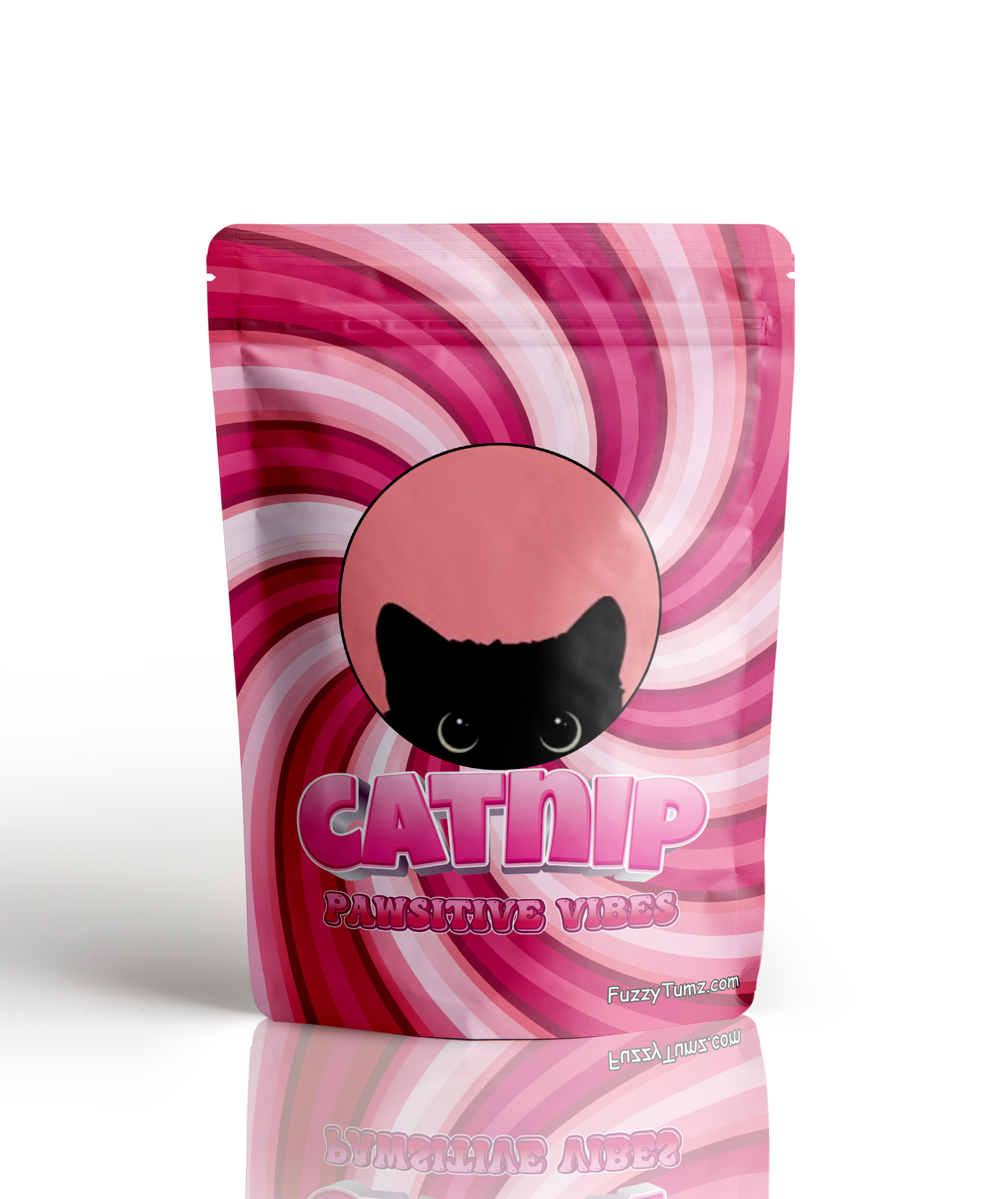Home » Cat Plants » Does the Emerald Feather Plant Pose a Threat to Cats?

Emerald Feather, also known as Asparagus fern, is a popular ornamental plant that can be toxic to cats. While cats are not specifically allergic to Emerald Feather, the plant contains sapogenins, which are toxic compounds that can cause adverse reactions in felines.
The toxicity level of Emerald Feather to cats is considered mild to moderate. This plant is commonly found in homes, gardens, and floral arrangements, making it important for cat owners to be aware of its potential dangers.
Ingestion may cause mild gastrointestinal upset, but is generally not life-threatening.
Ingestion can result in mild symptoms like vomiting, diarrhea, or drooling. Rarely fatal but may require veterinary care.
Eating these plants can lead to more pronounced symptoms like abdominal pain, lethargy, or difficulty breathing. Veterinary intervention may be necessary.
Ingesting even small amounts can cause severe symptoms like organ damage, seizures, or cardiac failure without rapid treatment.
All parts of these plants are extremely poisonous to cats and can quickly lead to death, even with immediate veterinary care.
** Please note: Please note that toxicity level can vary based on the amount ingested and the specific cat. It's always best to keep these plants completely inaccessible to cats and seek immediate veterinary care or call the poison hotline if you suspect your cat has ingested any part of a toxic plant.
If a cat ingests or comes into contact with Emerald Feather, they may experience various symptoms. It’s important for cat owners to be aware of these signs and seek veterinary care if they suspect their pet has been exposed to the plant.Common symptoms of Emerald Feather toxicity in cats include:
In some cases, cats may also experience difficulty swallowing or respiratory irritation if they chew on the plant’s fronds.
If you suspect your cat has ingested or been exposed to Emerald Feather, it’s crucial to consult a veterinarian. The diagnosis process may include:
For more information on plant toxicity in cats, visit the ASPCA Animal Poison Control Center

ChatGPT
A: Yes, cats can be allergic to Emerald Feather. Symptoms of an allergic reaction may include itching, sneezing, and skin irritation.
A: Yes, Emerald Feather, also known as Asparagus Fern or Asparagus densiflorus, is toxic to cats. Ingesting any part of this plant can cause symptoms such as vomiting, diarrhea, and abdominal pain.
A: Symptoms of Emerald Feather poisoning in cats include vomiting, diarrhea, drooling, abdominal pain, and skin irritation if they come into contact with the plant. Immediate veterinary care is recommended if ingestion is suspected.
A: To prevent contact, ensure that Emerald Feather is not present in your home or garden. Keep your cat indoors or monitor outdoor activities closely to avoid exposure.
A: If your cat ingests Emerald Feather, contact your veterinarian immediately. Do not induce vomiting unless instructed by a veterinary professional. Immediate medical attention is necessary.
A: Yes, Emerald Feather is commonly found in gardens and as an ornamental plant. It is important to ensure this plant is kept out of reach of cats to prevent accidental ingestion.
Emerald Feather, scientifically known as Asparagus densiflorus, is native to South Africa. It belongs to the Asparagaceae family and is not a true fern despite its common name. The plant was introduced to other parts of the world in the 19th century as an ornamental species. Its delicate, feathery appearance and easy care requirements have made it a popular choice for indoor and outdoor gardens.
In some regions, Emerald Feather has become invasive, spreading rapidly in natural habitats.
Please note: The information shared in this post is for informational purposes only and should not be considered as veterinary medical advice.
